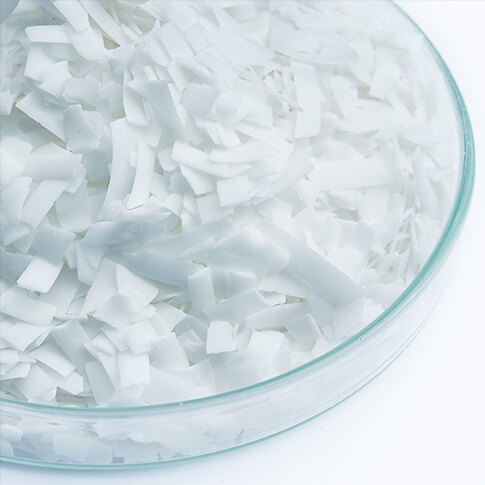Synthetic Polyethylene Wax
Polyethylene Wax:
Polyethylene wax is a byproduct of high molecular weight polyethylene or HDPE. To produce this wax, HDPE is used as the raw material with a molecular weight typically ranging from 2000 to 4000. Initially, short chains are separated from HDPE through various processes such as chemical breakdown. Subsequently, these shortened chains are transferred to a suitable reactor for purification. The reactor, using heat and a solvent, separates impurities, resulting in polyethylene wax with high purity in the form of powder or flakes.
Applications:
This product finds application in various industries, including EVA, ABS, PE, and PVC. In the PVC industry, it acts as a non-polar external lubricant. This characteristic acts as a protective layer between the machinery and PVC, preventing materials from sticking together. As a result, it improves the performance and prevents burning in the PVC production process. However, due to the non-polar nature of this substance, it does not provide ideal compatibility with PVC.
Polyethylene wax is produced by two methods:
- Synthesis
- Waste of high molecular weight polyethylene
The synthesis method has more advantages due to better compatibility with PVC and uniform molecular weight, leading to improved production processes. However, economically, the second method is a better option.
Dosage and Consumption:
The consumption of this substance faces some limitations due to its incompatibility with PVC. The usage quantity of this wax directly depends on the type of product and its application. In the formulation of both soft and hard PVC compounds, if the transparency of the final product is crucial, a maximum of 0.4 P.h.r of this type of wax can be used. If the transparency is not important, depending on the amount of carbonate used, up to 1.5 P.h.r can be used in the formulation.


